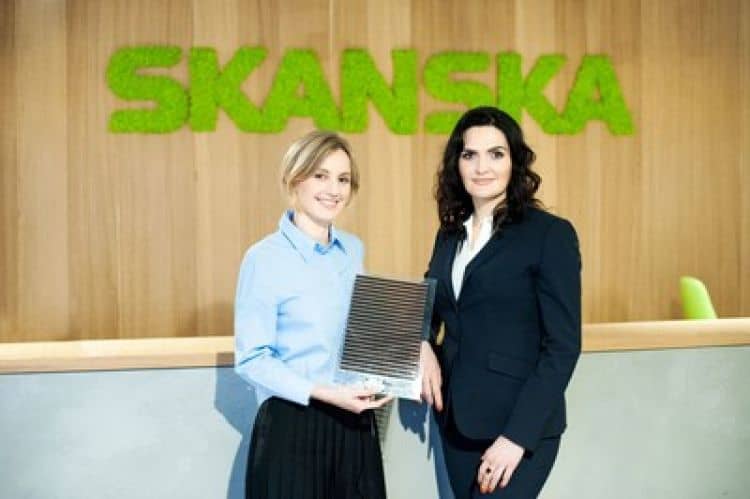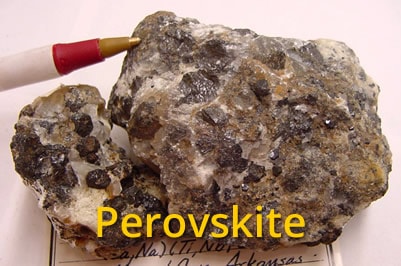Poland based Saule Technologies have signed a distribution agreement with the Skanska group to roll out perovskite solar panels in 2018. This is the first company to bring the technology to market and it’s an exciting step forward for alternatives to the efficiency limited (read about the Shockley-Queisser limit) conventional silicon based solar panels.
Saule Technologies and Perovskite Solar Panels

We’ve previously written about research into perovskite solar cells and Greatcell’s $6m grant towards Perovskite Solar Cell research. But this is the first time they’ve been offered to the public – so it’s a huge step forward for the technology.
Saule Technologies are a Warsaw based start-up who will partner with multinational project development and construction firm Skanska AB to bring the semi-transparent perovskite solar modules to commercial office buildings. According to PV Tech, the first panels will be installed on office buildings in Poland later this year.
On a press release on their website, Skanska said they have over €20 million in grants for their research and are currently building large-scale, prototype production line. They have been “working on the application of ink-jet printing for fabricating free-form perovskite solar modules since 2014”, so it’s exciting to see their research enter the next phase.
“It is not a science-fiction vision anymore. Working with talented scientists from Saule, we are now turning fiction into reality and creating buildings which are more energy efficient and carbon neutral. Up to now this has not been possible on a large scale. Climate change is one of the biggest challenges the modern world is facing and it contributes to extreme weather events that are increasing in frequency and severity around the world. As such there is increasing legislative pressure to run businesses in a sustainable and attentive manner,” said Katarzyna Zawodna, CEO of Skanska’s commercial development business in CEE.
View the video below to learn more about manufacturing perovskite solar panels and the ink-jet printing/crystallization process:



